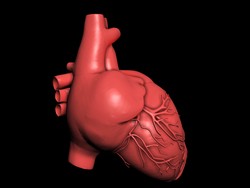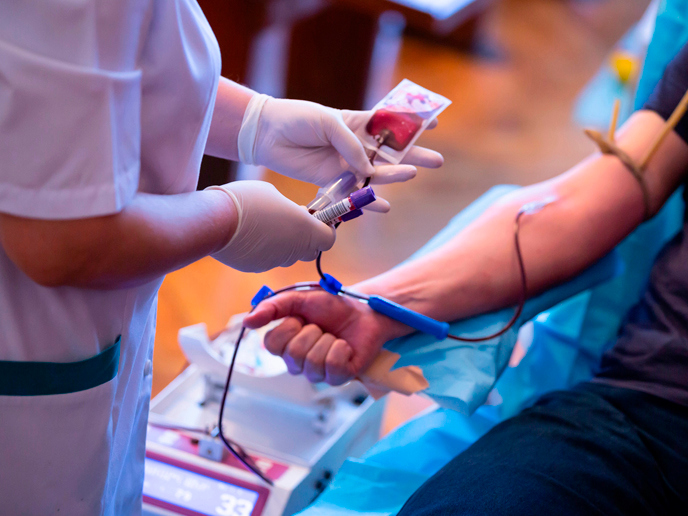Molecular determinants of heart development and regeneration
During cardiac development, the external part of the heart known as the epicardium plays a crucial role by producing growth factors that support cardiovascular precursor cells. Central to this process is the zinc finger Wilm's tumour (WT1) protein that participates in the normal development of several organs. Mice with deletions in the WT1 gene in the epicardium present with profound defects in both cardiomyocyte proliferation and coronary vascular development. As a result, the epicardium constitutes an important source of cardiovascular precursor cells and paracrine factors for heart development. With this in mind, scientists of the EU-funded WT1HEART (Identification of new targets of Wt1 during cardiovascular development) project hypothesised that the epicardium could serve as a multipotent cell source and trophic signalling centre to modulate the regenerative response after myocardial infarction. Since WT1 expression is reactivated after myocardial infarction, they set out to identify the downstream signalling pathways that could negatively impact heart regeneration. In this context, they performed a microarray-based expression analysis of transcriptional changes associated with WT1 deletion in immortalised embryonic epicardial cells. They discovered that WT1 repressed the expression of interferon-regulated genes such as Ccl5 and Cxcl10 that could negatively affect heart morphogenesis through inhibition of epicardial cell migration and cardiomyocyte proliferation. Taken together, the WT1HEART study demonstrated a novel mechanism of epicardial cell control over heart morphogenesis through the production of inhibitory molecules. The findings underscore the importance of a finely balanced equilibrium between stimulatory and inhibitory factors in heart formation. Importantly, the involvement of WT1 in epicardial cell reactivation after myocardial damage could be exploited therapeutically to support coronary blood vessel development and myocardium growth necessary for adult heart regeneration and repair.







